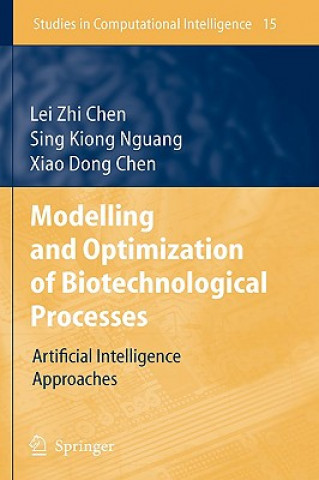
Livrare
Consilier de cumpărături





Nu se pretează? Nu contează! La noi puteți returna bunurile în 30 de zile
 Voucher cadou
orice valoare
Voucher cadou
orice valoare
Cu un voucher cadou nu veți da greș. În schimbul voucherului, destinatarul își poate alege orice din oferta noastră.
Modelling and Optimization of Biotechnological Processes
 engleză
engleză
 318 b
318 b
30 de zile pentru retur bunuri
Ar putea de asemenea, să te intereseze


This book presents logical approaches to monitoring, modelling and optimization of fed-batch fermentation processes based on artificial intelligence methods, in particular, neural networks and genetic algorithms. Both computer simulation and experimental validation are demonstrated in this book. The approaches proposed in this book can be readily adopted for different processes and control schemes to achieve maximum productivity with minimum development and production costs. These approaches can eliminate the difficulties of having to specify completely the structures and parameters of highly nonlinear bioprocess models. §The book begins with a historical introduction to the field of bioprocess control based on artificial intelligence approaches, followed by two chapters covering the optimization of fed-batch culture using genetic algorithms. Online biomass soft-sensors are constructed in Chapter 4 using recurrent neural networks. The bioprocess is then modelled in Chapter 5 by cascading two soft-sensor neural networks. Optimization and validation of the final product are detailed in Chapters 6 and 7. The general conclusions are drawn in Chapter 8.§
Informații despre carte
 engleză
engleză




 Cum să cumpăr
Cum să cumpăr

























